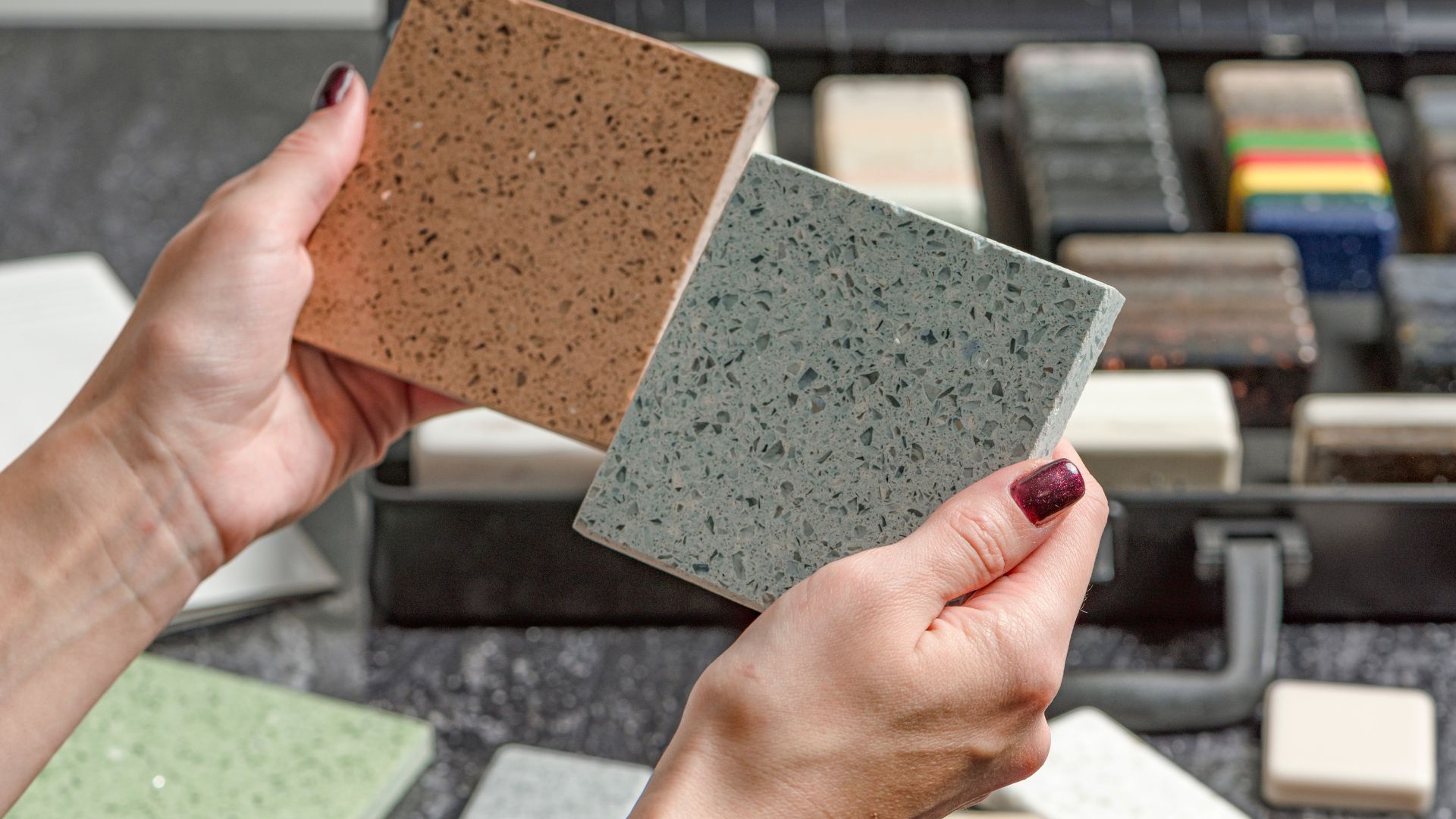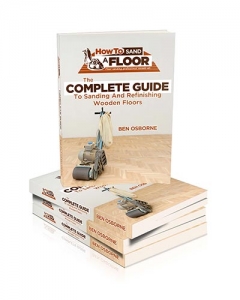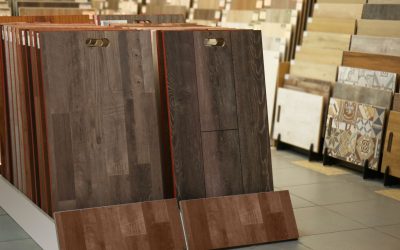Choosing the right flooring material for your home or commercial space is a pivotal decision. The floor you select will play an integral role in the aesthetics, functionality, and longevity of your interior space. From residential buildings to high-traffic commercial areas, the right flooring material can dramatically enhance the appeal and value of your property. This comprehensive guide will walk you through all aspects of flooring material selection, ensuring you make an informed decision that fits your needs, lifestyle, and budget.
What is Flooring Material Selection and Why is it Important?
Flooring material selection refers to the process of choosing the most suitable material for the floors in your space. This choice depends on several factors, including aesthetic appeal, durability, cost, maintenance requirements, and environmental impact. Making an informed selection can ensure that your floors withstand the test of time while boosting the overall appeal of your home or commercial area.
Key Factors to Consider in Flooring Material Selection
- Durability: Depending on the room’s use, you might require a material that can resist heavy foot traffic, pets, moisture, and spills.
- Aesthetics: The floor significantly contributes to the room’s appearance. The color, texture, and pattern of the flooring material should complement your interior decor.
- Budget: The cost of flooring materials can vary widely, so it’s crucial to factor in both the upfront cost and long-term maintenance expenses.
- Installation and Maintenance: Consider the installation process and ongoing maintenance requirements of the flooring material. Some materials might require professional installation, while others could be a DIY project.
- Eco-friendliness: If environmental impact is a concern for you, look into sustainable and eco-friendly flooring options.
Comprehensive Overview of Different Types of Flooring Materials
Hardwood Flooring
Known for its timeless appeal and durability, hardwood flooring is an excellent choice for almost any room. It comes in various types, including oak, maple, and walnut, each with unique pros and cons.
Laminate Flooring
If you’re looking for a cost-effective alternative to hardwood, laminate flooring is a suitable option. It’s durable, easy to install, and available in designs that mimic real wood and stone.
Vinyl Flooring
This synthetic flooring material is popular due to its resistance to moisture, making it ideal for kitchens and bathrooms. Vinyl flooring is available in various designs and textures, including those that mimic wood and tile.
Ceramic Tile Flooring
Ceramic tiles are a versatile option suitable for various settings. They offer water resistance, and durability, and come in an assortment of colors, patterns, and sizes.
Natural Stone Flooring
If you’re looking to add luxury and elegance to your space, natural stone flooring like marble, granite, or slate can be an excellent choice. However, they require professional installation and regular maintenance.
Carpet Flooring
For a cozy and warm feel, carpet flooring is the way to go. It’s perfect for bedrooms and living areas, but not suitable for damp and high-traffic areas.
Bamboo and Cork Flooring
These are sustainable flooring solutions gaining popularity for their eco-friendliness and unique aesthetics. They’re durable, renewable, and offer a unique, modern look.
Flooring Material Selection Based on Specific Use
- High-traffic areas: Choose durable flooring options like hardwood, ceramic tiles, or vinyl for areas that experience heavy foot traffic.
- Pet-friendly flooring: Laminate, vinyl, or certain types of hardwood, like oak or mahogany, are more resistant to scratches and spills, making them pet-friendly choices.
- Underfloor Heating: If you have underfloor heating, engineered wood, vinyl, or tile would be the best options due to their heat-conductive nature.
- Climate-Specific: In humid climates, avoid hardwood and choose materials like ceramic tiles or natural stone. For colder climates, carpets or rugs on top of any flooring can add warmth.
Installation and Maintenance of Flooring Materials
The installation process varies depending on the material. While some materials are easy to install in a DIY project (like laminate or vinyl), others like hardwood or natural stone may require professional installation.
Post-installation, maintenance is key. Regular cleaning, prompt spill management, and occasional deep cleaning or refinishing (in the case of hardwood) can keep your floors looking their best for years.
The Future of Flooring Material Selection: Emerging Trends and Technologies
From waterproof engineered wood to eco-friendly bamboo and cork options, the future of flooring materials is promising. Technological advancements are paving the way for flooring that is not only more durable and easy to maintain but also more sustainable and responsible.
Final Thoughts
Choosing the right flooring material involves considering various factors like cost, durability, aesthetics, installation, and maintenance. With the comprehensive guide above, you should be well-equipped to make an informed decision that meets your unique needs and preferences, adding significant value to your property. The right floor is out there; happy hunting!





